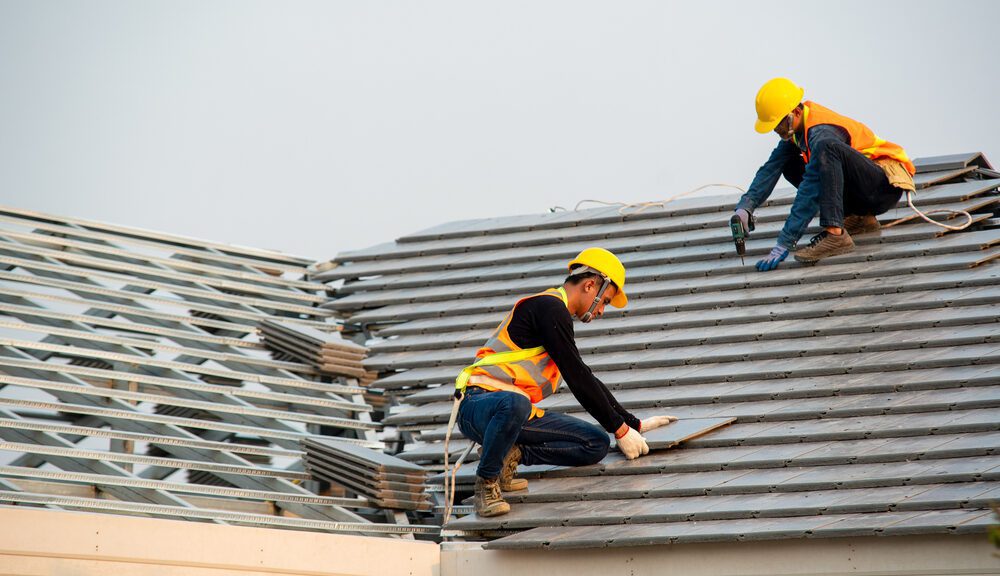
Despite the fact that technological developments continue to promise safer working environments, many professions naturally contain dangers that make them among the most dangerous globally as of the middle of the year 2025. Workers in these jobs, which are frequently essential to our day-to-day lives and the economy, are subjected to harsh circumstances, heavy machinery, unpredictable settings, and enormous physical demands, which results in a high number of injuries and fatalities from workplace accidents. The following is a list of the ten jobs that are considered to be the most hazardous in the globe in 2025, based on studies, reports, and statistics pertaining to occupational health and safety around the world:
Top 10 Most Dangerous Jobs In The World 2025
1. Logging Workers
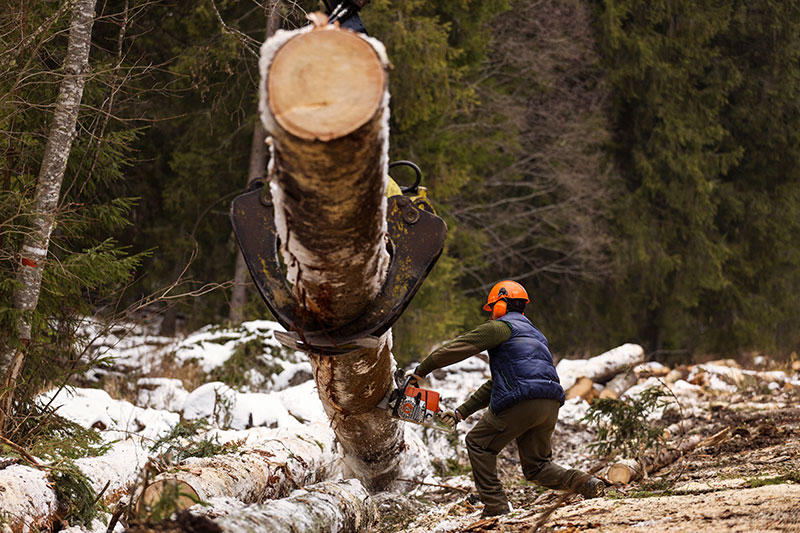
The industry of logging is one that continues to be extraordinarily hazardous. Workers are exposed to hazards like as falling trees, heavy machinery (including chainsaws, feller bunchers, and log loaders) operating on uneven and frequently slippery terrain, and weather conditions that are difficult to anticipate. Accidents that involve lumber, such as being struck by a falling object or getting entangled between logs, generally result in fatalities due to the sheer weight and momentum of the material. An exceptionally high risk profile is maintained by direct human involvement with these large forces, despite the fact that technological advancements like as proximity alarms and growing automation for some activities have been implemented.
2. Aircraft Pilots & Flight Engineers

However, the people who work in the cockpit are exposed to a unique set of occupational hazards, despite the fact that commercial air flight is extremely safe for passengers. Managing the high-pressure environments of takeoffs and landings, navigating through severe and unpredictable weather (including greater turbulence due to climate change), and dealing with the distant probability of mechanical problems are all challenges that pilots and flight engineers must face. Human error is identified as the top cause of aviation accidents, and fatigue from long, irregular hours continues to be a significant contributing factor to occurrences. This is especially true for cargo pilots who operate in areas with less regulations.
3. Derrick Operators in Oil, Gas & Mining

Working on oil rigs, digging gas wells, or working in mines exposes one to a wide variety of dangerous situations. On drilling rigs, derrick operators work at substantial heights, where they are vulnerable to falling equipment and powerful gear, as well as the possibility of being struck by or entangled between heavy components because of their position. Cave-ins, explosions caused by flammable gasses (such as methane), and exposure to toxic vapors are all potential dangers that might occur in the mining industry. When it comes to oil and gas production, the presence of highly combustible elements is a significant factor that further increases the risk of fires and explosions.
4. Roofers

Because there is always the possibility of falling from a great height, roofing is still considered to be a risky occupation. Roofers perform their job on surfaces that are high, frequently steep, and occasionally unstable. Slips, trips, and fatal falls are substantially more likely to occur when certain conditions are present, such as bad weather (rain, ice, and strong winds), materials that are slippery, and weaknesses in the structural integrity of the building. It is the dynamic and frequently dangerous character of the task that contributes to the high injury rate, despite the fact that safety measures such as harnesses are used.
5. Garbage Collectors
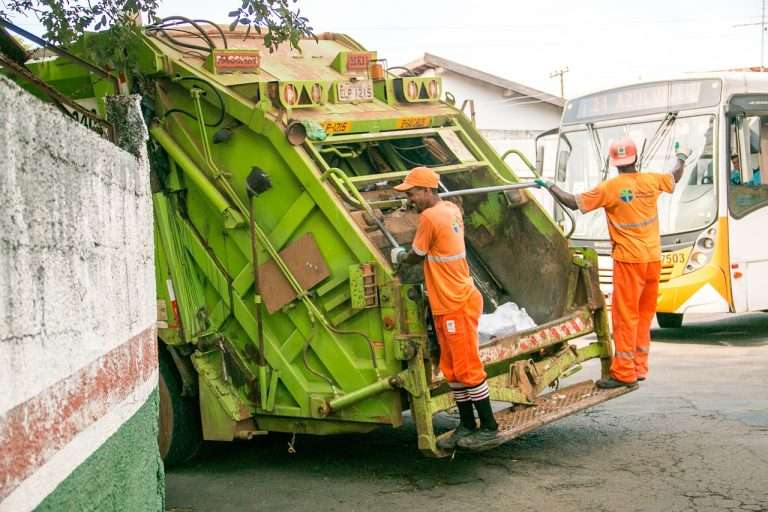
The collecting of waste and recyclable materials is a surprisingly dangerous vocation, despite the fact that it is sometimes underestimated. Collectors are always exposed to traffic because they operate large vehicles that have a number of blind spots at their disposal. They put themselves in danger of getting hit by automobiles that are passing by or by their own collecting truck. In addition, they are susceptible to injuries caused by sharp objects, dangerous chemicals, and biohazards that are concealed inside the garbage. An other factor that contributes to musculoskeletal problems is the physical demands that come with lifting and carrying big bins.
6. Ironworkers
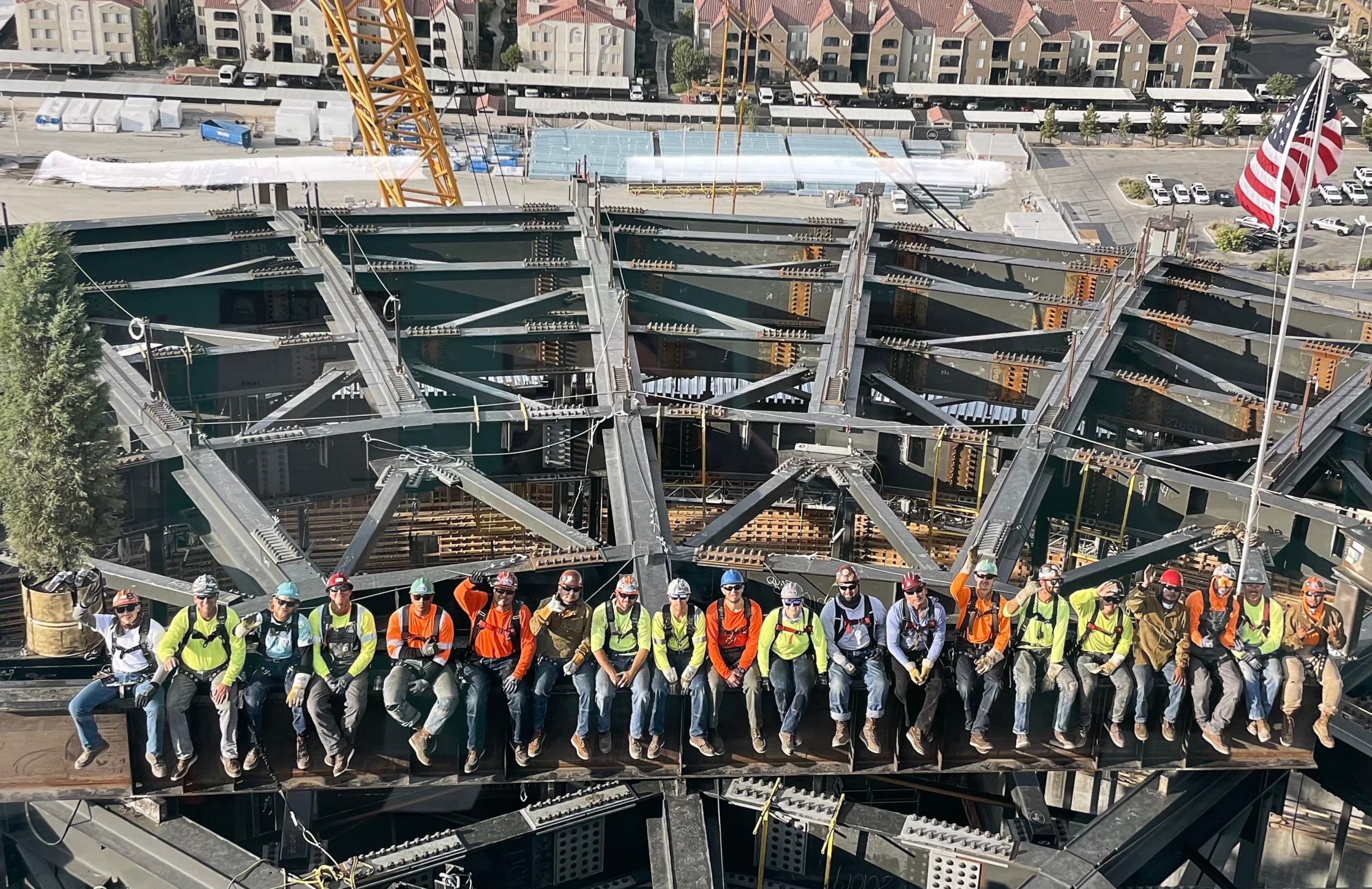
The people who work with structural iron and steel are the backbone of modern construction, yet the work that they do is fraught with severe peril. When they are working on the steel framework of buildings, bridges, and other major structures, they frequently operate at heights that are dizzying and on beams that are narrow. The most significant dangers include falling from a great height, being struck by steel beams that are swinging or falling, and sustaining injuries when welding, cutting, or fastening large components. This is a high-risk occupation because to the fact that it requires a lot of physical exertion and that it requires continual engagement with big weights that are moving.
7. Delivery Drivers

There has been an increase in the demand for delivery drivers as a result of the growing e-commerce industry; however, this expansion has brought up major safety problems. Drivers of delivery vehicles spend long hours on the road, which increases their risk of being involved in a traffic accident. They are frequently timed to meet stringent deadlines. They are exposed to dangers such as drivers who are distracted, weather conditions that are hostile, and the possibility of being assaulted or robbed. As of the beginning of the year 2025, data indicates that road traffic accidents will continue to be the primary cause of fatalities that are related to employment across a variety of industries.
8. Farmers

Despite the impression that it is a historic industry, agriculture continues to be one of the most hazardous businesses in the world. Suffocation in grain bins, exposure to hazardous chemicals (pesticides, fertilizers), and severe accidents involving heavy machinery (tractors, combines, balers) are some of the dangers that farmers and farm laborers face. Other dangers include injuries from unpredictable livestock, falls from heights (such as silos and ladders), and injuries from heavy machinery. Numerous factors, including the unpredictable nature of agricultural situations, the long hours, and the solitary working circumstances, all contribute to the high death rates.
9. Firefighting Supervisors
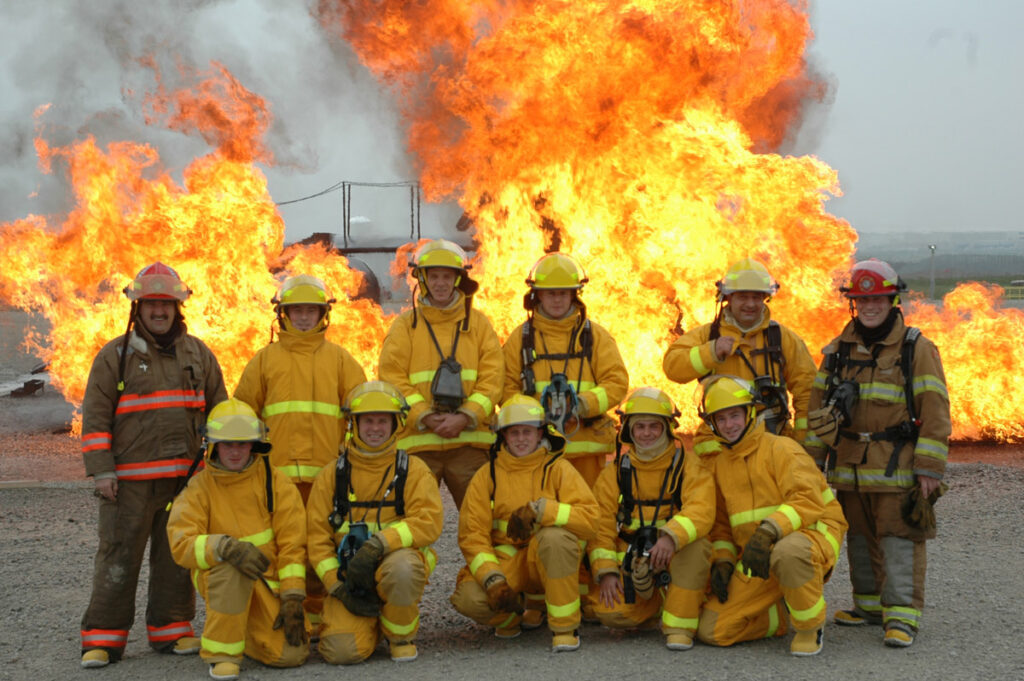
Although every fireman is exposed to a high level of risk, managers are subject to additional responsibilities and dangers. It is not just their responsibility to put out fires and save people, but they are also accountable for making strategic decisions in chaotic and sometimes life-threatening situations, managing personnel, and assuring the safety of those crews. Not only are they subjected to the same immediate dangers of burns, smoke inhalation, and structural collapse, but they also experience high rates of occupational cancer as a result of their exposure to carcinogens at fire scenes (such as asbestos and PFAS compounds from firefighting foam). There is also a substantial impact on their well-being brought about by the mental toll that traumatic situations take.
10. Power Linemen
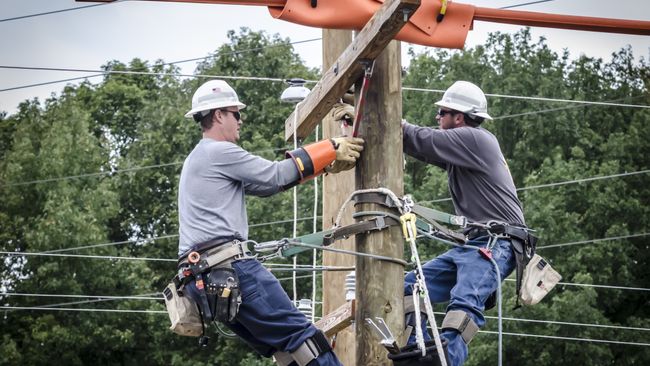
Workers who build and repair electrical power lines, often known as lineworkers, are exposed to extremely hazardous conditions because their work involves high-voltage electricity. In the process of installing and repairing electrical infrastructure, they frequently work at heights that are quite high on poles and towers, and they frequently do so in terrible weather conditions. One of the most significant dangers is electrocution, which frequently results in death. When traveling to remote job locations, there are additional risks involved, such as falling from great heights, getting struck by items, and being involved in a vehicle accident. In spite of extensive training and safety procedures, this job continues to be considered one of the most dangerous because of the inherent dangers associated with working with live electricity.





